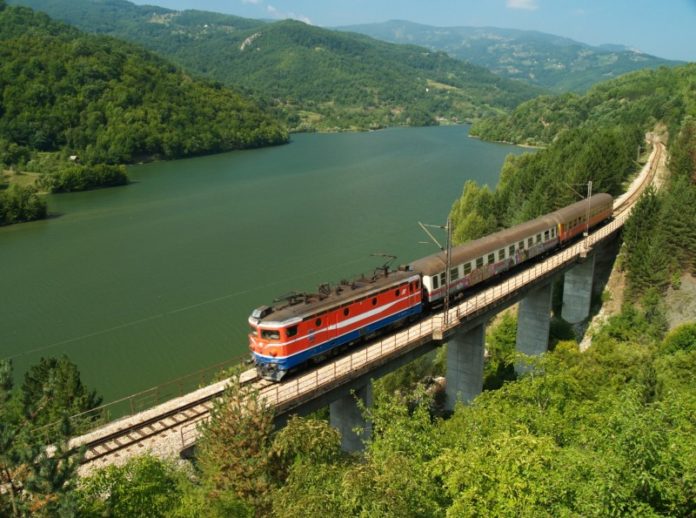Wednesday, May 3, 2023

The European Union Agency for Railways (ERA) has overtaken national bodies as the primary authoriser for train vehicles, with a 60% share of all applications for new trains between June 2019 and April 2023.
More than 50,000 vehicles were authorised for service in the EU by the ERA during this period.
Before a new or modified railway vehicle can operate on the European Union (EU) railway network, it must be authorised to ensure it complies with applicable regulations.
The applicant and the other entities involved in the vehicle’s design, manufacture, and validation must also have fulfilled their obligations.
The ERA is “authorising almost twice as many vehicles as all the National Safety Authorities together”, stated Josef Doppelbauer, the executive director of ERA, who called it “a major achievement”.
Previously, only the European rail of the country where the vehicle was intended to operate could grant authorisation.
However, in 2016, the EU introduced the 4th Railway Package, which aimed to harmonise rail vehicle authorisation and safety certification across Europe, creating a single European rail area and introducing greater interoperability in the network.
Since 2019, the ERA has the authority to authorise all types of railway vehicles, including locomotives, freight wagons, and passenger wagons.
More and more companies are choosing to obtain “European” authorisation even for vehicles intended for national use.
To date, almost 54% of the authorisations processed by the agency are for rail vehicles operating throughout the EU.
27% of the authorisations are for vehicles that operate in more than one member state, while almost 19% are for vehicles operating in a single member state.
According to ERA, operators prefer to submit their applications with the agency because the process is more streamlined, harmonised, and accessible.
The application can be submitted electronically through a One-Stop Shop, guidance is available from the ERA, and only one application is necessary regardless of the number of countries where the vehicle will operate.
Celebrating vehicle number 50,000
The fifty thousandth vehicle authorised by ERA at the European level was for the National Railway Company of Belgium (SNCB), an AM96 trainset which can operate in two member states: Belgium and France.
To mark this milestone, on Thursday, 27 April, ERA and SNCB organised a joint event in Brussels on Platform 5 of the Belgian capital’s Midi Railway Station.
Train travel remains the most environmentally friendly mode of motorised passenger transport in Europe — regarding greenhouse gas emissions — compared to travelling by car or plane.
A harmonised European rail traffic management system will help to improve the position of rail transport as the backbone of sustainable mobility in Europe, according to Gerd De Vos, executive director of technics at SNCB.
Rail is the safe, sustainable and comfortable mode of transport par excellence, and crucial to meeting the climate objectives, he stressed during the event in Brussels.
By delivering vehicle approvals and safety certificates, and by acting as a one-stop shop, ERA contributes to reinforcing passengers’ trust in rail transport.
Harmonising the rules
Railways in Europe were initially national projects and had different technical specifications from each other, resulting in fragmentation among EU countries.
However, decision-makers are now taking steps towards harmonising the market.
The ERA, as rail authority, is also tasked with reducing national rules and creating an integrated package of Technical Specifications for Interoperability (TSIs) to further aid in market harmonisation.
Gradually, national rules are being replaced with regulations based on Common Safety Methods and TSIs, which are set as common standards.
From 14 thousand national rules in 2016, today around 600 remain, Doppelbauer explained.
However, there is still a long way to go because you have many other issues, Doppelbauer added, mentioning the differences in language, operational rules and safety rules among countries.
Saturday, April 27, 2024
Saturday, April 27, 2024
Sunday, April 28, 2024